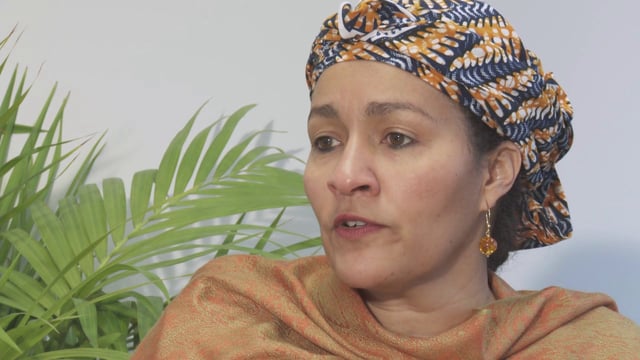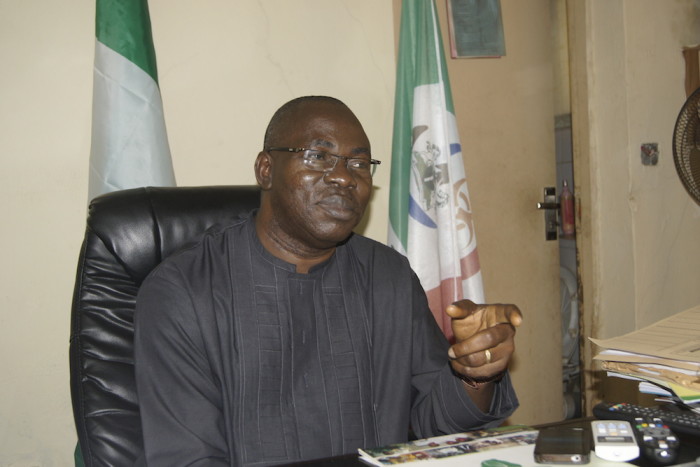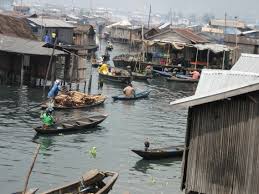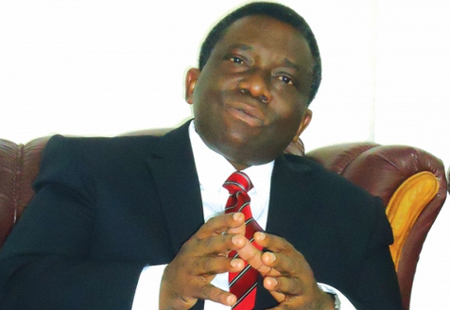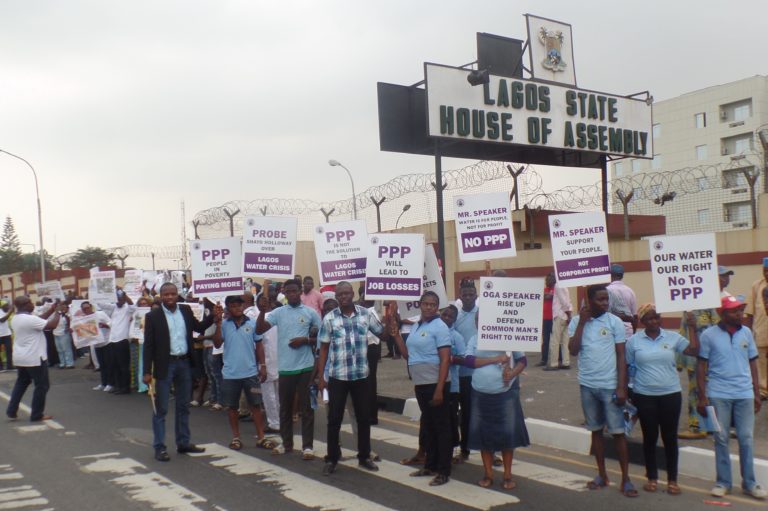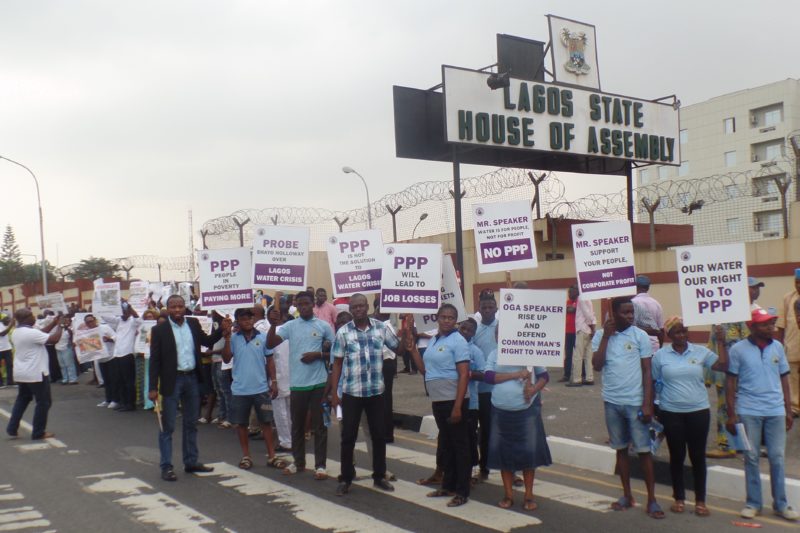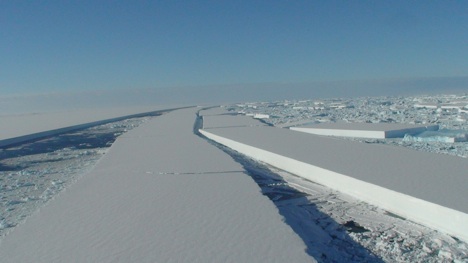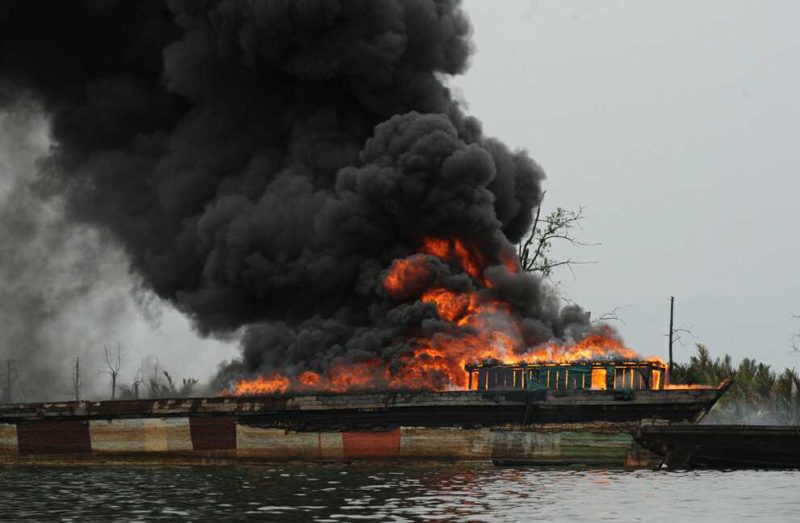Climate change, environmental degradation, population growth and urbanisation are putting pressure on water supplies in many parts of the Asian region, and exposure to extreme weather and other hazards is increasing.

The World Meteorological Organisation’s Regional Association for Asia, which holds its four-yearly conference from 12-16 February 2017, will consider how to meet these challenges. The meeting, hosted by the Government of the United Arab Emirates in Abu Dhabi, will focus on how to strengthen weather, climate, water and environmental services to keep pace with rapidly evolving needs.
WMO’s Regional Association for Asia groups 35 Member States and territories across a variety of geographic and climatic zones. The Region extends from the Arctic to the Equator, spanning the world’s highest mountains and low-lying coastal plains and islands. It is home to densely populated nations and crowded cities as well as vast desert expanses and remote rural areas.
Glacier-melt increases hazards like flooding and landslides
The Region is impacted by a wide range of natural hazards: tropical cyclones and storm surges; heat and cold waves; drought and wildfires; intense precipitation, flooding and landslides; and sand and dust storms. Air pollution is an additional major concern.
“2016 was the hottest year on record, beating even the exceptionally high temperatures of 2015, because of a combination of long-term climate change and the strong El Niño,” said WMO Secretary-General, Petteri Taalas.
“There is increasing evidence that warming Arctic air masses and declining sea ice are affecting ocean circulation and the jet stream, disrupting weather patterns in lower latitudes in Asia. Glacier melt is linked, in the short term, to hazards like flooding and landslides and, in the long term, to water stress for millions of people,” said Mr Taalas.
Extreme Weather
“In the last decades, the countries in the Asian region have been exposed to weather and climate events of increased intensity and frequency,” said Mr Taalas. “The year 2016 was no exception.”
India, Iraq, the Islamic Republic of Iran and Kuwait all saw peak temperatures of more than 50°C last summer. Many other parts of Asia also saw heatwaves.
China’s Yangtze basin had its most significant summer floods since 1999, causing many casualties and an estimated $14 billion in damage. Flooding and landslides in Sri Lanka displaced several hundred thousand people. Conversely, parts of India and South East Asia suffered from drought.
Typhoon Lionrock hit the Democratic People’s Republic of Korea, with catastrophic flooding. China, Japan and the Republic of Korea also suffered disruption and economic losses from a number of tropical cyclones.
The most significant cold wave of 2016 occurred in late January in Asia, with extreme low temperatures extending southwards from eastern China as far south as Thailand. Autumn snow cover was above average in European Russia and Kazakhstan.
Impact and risk-based forecasts and warnings
The meeting will consider how best to support implementation of the Paris Agreement on climate change and associated moves towards a low-carbon economy, including through targeted climate services for the energy, water, transport, industry, agriculture and land use sectors.
Improvements in the global weather and climate observing and information systems will be considered, including in the Himalayan region known as the “Third Pole.”
Initiatives to improve hydrological data collection to improve water resource management, as well as drought and flood management and flash flood forecasting will also be discussed.
The agenda includes how to develop traditional weather predictions into impact and risk-based forecasts and warnings, how to expand these to cope with multiple hazards, and how to incorporate these into a common planning framework to maximize the benefits.
“The primary responsibility of National Meteorological and Hydrological Services is to provide timely and accurate forecasts and warnings. But in order for governments, economic sectors and the public to take appropriate action, they need to know the impact of these meteorological hazards on lives, property and the economy,” said Mr Taalas.
“Multi-hazard, impact-based forecasts and warnings are complex and require planning and forging of partnerships at many levels and with many government agencies and stakeholders – disaster managers, urban planners, education authorities, and health authorities,” said Mr Taalas.
“The capabilities of WMO Members need to be upgraded and strengthened on a continuous basis to cope with the optimum delivery of new services to inform decision-makers, ranging from day-to-day operations to much longer timescales,” he said.
The Regional Association for Asia meeting is preceded by a two-day conference on management of meteorological and hydrological services, which will share national experiences and regional priorities. Both events are hosted by the Government of the United Arab Emirates.

